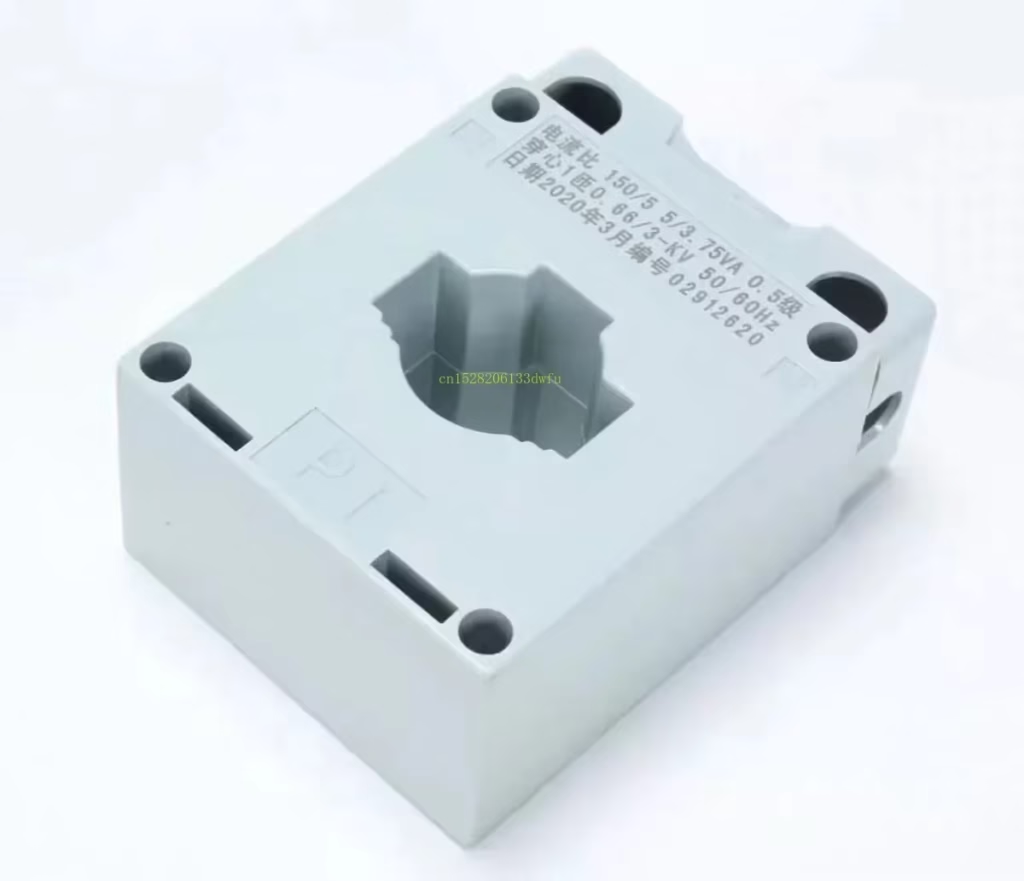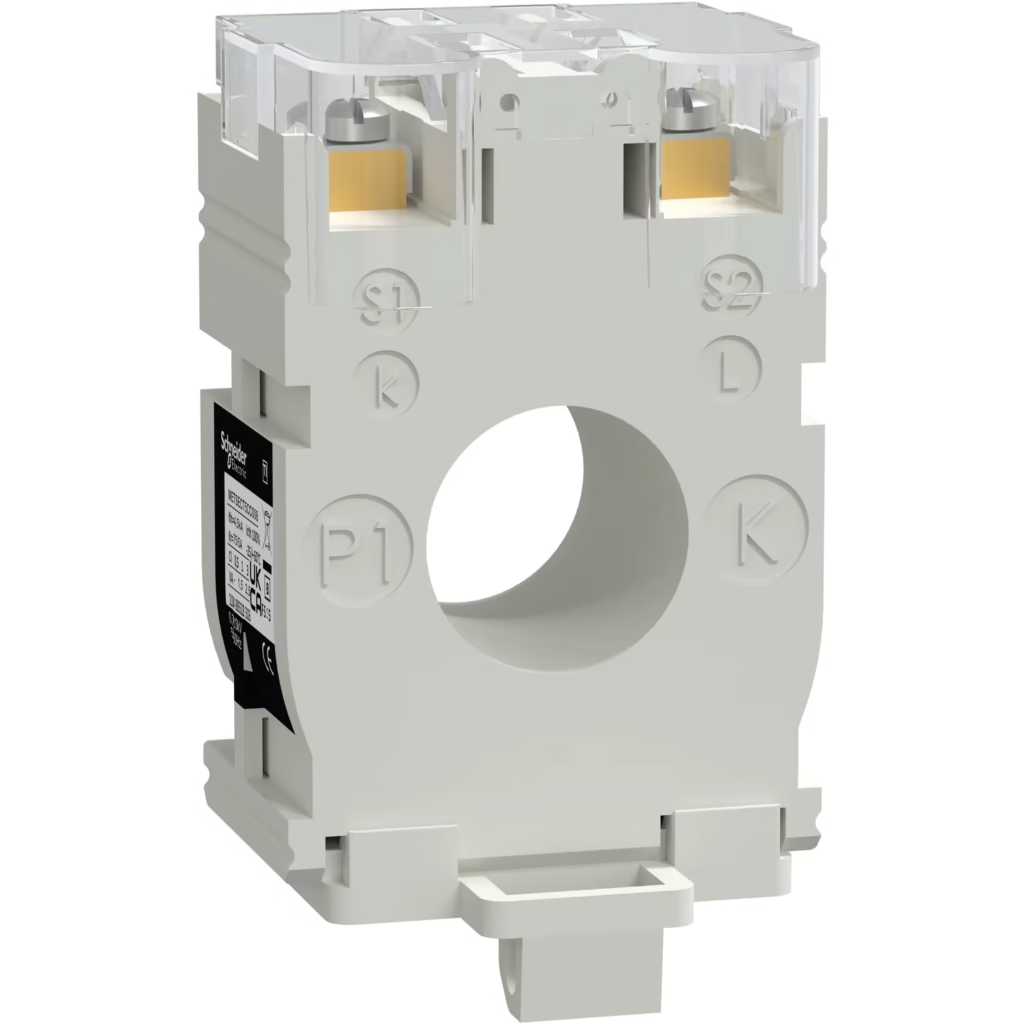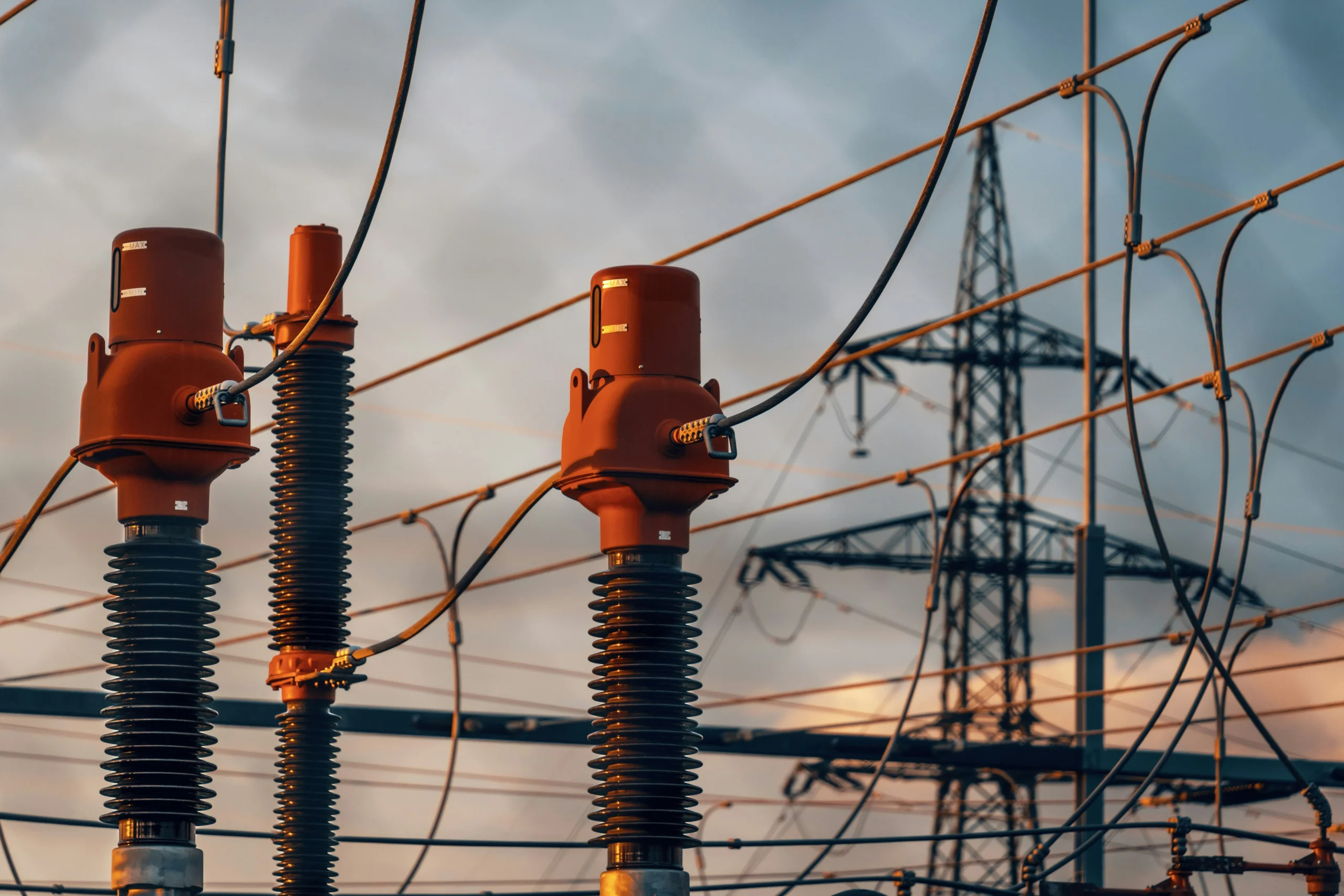How Current Transformers Work: 4 Essential Roles Explained
Why Understanding Current Transformers Matters More Than You Think
Imagine you’re managing a high-voltage system. Now think about measuring its current without blowing up your equipment or risking your safety. That’s where current transformers (CTs) step in — the silent, reliable protectors of your electrical world. Whether you’re an experienced technician, a curious engineer, or just a hobbyist diving into electrical systems, knowing how CTs function gives you a real edge.
These devices don’t just measure current. They help you monitor, protect, and control entire power systems. By the time you finish reading, you’ll not only understand how they work — you’ll understand why they matter.
Table of Contents
What is a Current Transformer? (CT)
The Principle Behind CTs
A current transformer is an electrical device designed to produce an alternating current in its secondary winding that is proportional to the current flowing in its primary circuit. The key here is electromagnetic induction — the same principle behind all transformers. But unlike power transformers, CTs aren’t meant to transfer power. Their job is to measure and protect.
- Primary Winding: Usually just one conductor (a wire or busbar)
- Magnetic Core: Focuses the magnetic flux generated by the primary current
- Secondary Winding: Many turns of fine wire; steps down the current for safe measurement


Comparison Table: CTs vs PTs
| Feature | Current Transformer (CT) | Potential Transformer (PT) |
|---|---|---|
| Measures | Current | Voltage |
| Output Type | Amperes | Volts |
| Connection | Series | Parallel |
| Purpose | Protection & Monitoring | Voltage Measurement |
The 4 Essential Roles of Current Transformers
1. Measurement and Monitoring
As power systems scale up, the currents involved become dangerously high. You can’t connect a regular ammeter directly to a 10,000-amp line. That’s where CTs come in. They scale down these currents to manageable levels (like 5A or 1A) that standard meters can safely read.
- Used in electricity meters for billing
- Monitors real-time current usage in substations
- Helps you optimize loads and manage power flow
2. Protection
Protection is where CTs really shine. They’re the front-line informants for protective relays. When a fault like a short circuit or overload occurs, the CT detects the abnormal current and signals the relay to isolate the issue.
- Interfaces with circuit breakers
- Detects high current spikes quickly
- Triggers system shutdowns before damage occurs
3. Isolation
Directly connecting measuring instruments to high-voltage systems is both impractical and unsafe. CTs solve this with galvanic isolation.
- Protects operators from electric shock
- Prevents high voltage from reaching sensitive devices
- Adds a layer of security to your entire setup
4. Signal Conversion & Control
Modern systems often need digital data. CTs can feed low-level analog signals into PLCs, SCADA systems, or even IoT platforms after being converted via ADCs.
- Integrates with energy management systems
- Enables automation and remote control
- Converts high current into a readable signal
How to Choose the Right Current Transformer
Choosing the wrong CT can skew your readings or, worse, compromise system protection. Here’s what you should look at:
Key Selection Factors:
- Burden: Total resistance the CT output must drive. Too much burden = inaccurate readings
- Accuracy Class: Defines how precise the CT is (e.g., 0.1, 0.5, 1.0)
- Current Ratio: Ratio between primary and secondary current (e.g., 1000:5)
- Frequency & Rated Voltage: Must match your system
- Core Type: Choose based on portability, application, and cost
CT Comparison Table
| CT Type | Accuracy Class | Ideal Use Case | Core Type |
| Split-core | 1.0 | Temporary installs | Ferrite |
| Wound CT | 0.5 | Permanent substation use | Laminated core |
| Toroidal CT | 0.1 | Lab-grade precision | Ring core |
Common Use Cases in the Real World
CTs aren’t just lab tools. They’re everywhere — silently working in the background:
In Industrial Systems:
- Monitor large motors
- Overload detection
- Transformer protection
In Commercial Buildings:
- Smart building energy tracking
- Load balancing for HVAC systems
In Renewable Energy:
- Solar array current monitoring
- Wind turbine performance tracking
Mistakes to Avoid With Current Transformers
Understanding CTs also means knowing what not to do.
- Never leave a CT secondary open. It can generate dangerously high voltages!
- Polarity matters. Incorrect wiring can cause incorrect readings or protection failure.
- Don’t exceed the rated burden. You’ll compromise accuracy.
Quick Safety Checklist:
FAQs About Current Transformers
What is the primary function of a current transformer?
To reduce high current to a low, measurable level for safe monitoring and protection.
Can CTs be used for energy metering?
Absolutely. They are a critical component in billing meters and smart grids.
What happens if a CT secondary is left open?
A dangerously high voltage can develop, potentially damaging the CT and harming personnel.
Are CTs and PTs interchangeable?
No. CTs measure current, while PTs measure voltage. Each has a unique purpose and connection method.
Final Thoughts: Take Control of Your Power System
Now that you understand the 4 essential roles of current transformers, you’re better prepared to design, manage, or troubleshoot any power system safely and effectively. Whether you’re handling industrial setups or installing residential panels, CTs are your allies in precision, protection, and performance.


